49 years after the great victory in the spring of 1975, Mr. Tran Trung De (89 years old), one of the living witnesses of history, shared about the early period of taking over the Independence Palace.
The chaos of the first days of taking over At the beginning of the story, Mr. Tran Trung De shared about his childhood dream of going to Saigon once. He said that at that time, his sister often brought goods from Mo Cay (Ben Tre) to the city. She promised to take him when she had the chance, but that plan never came true. 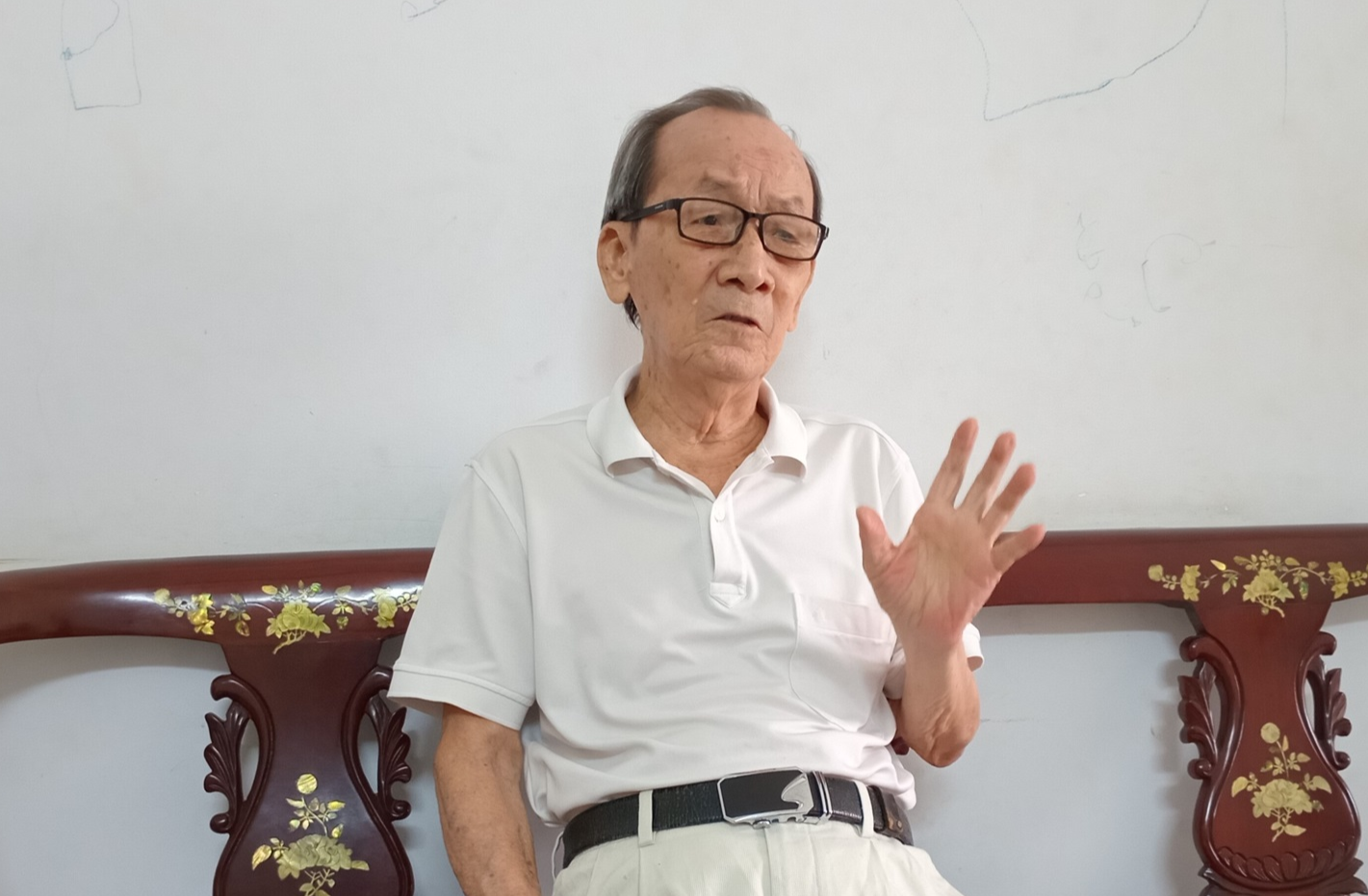
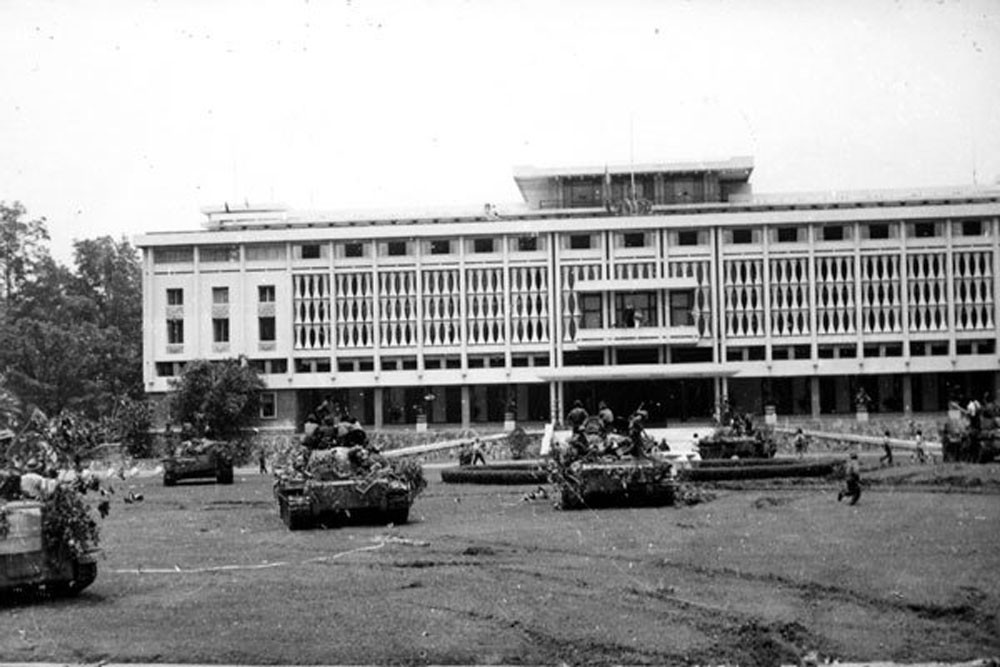
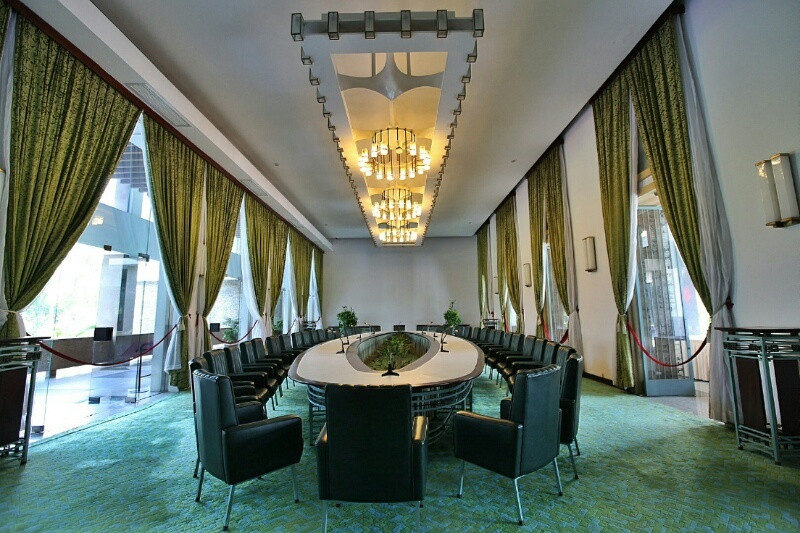
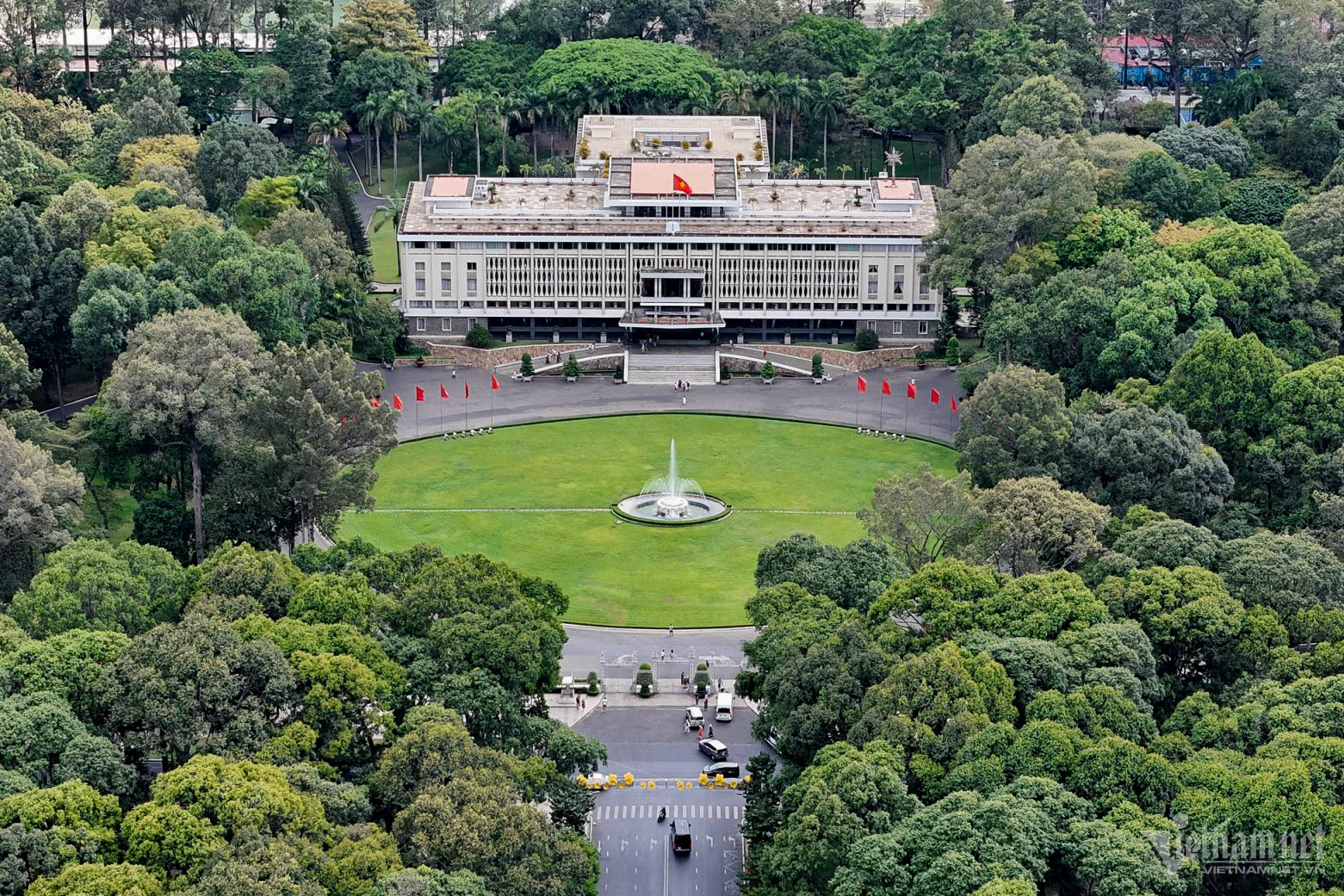
History of the Independence Palace

Historical witness, Mr. Tran Trung De, one of the first people to take over the Independence Palace after the liberation day. Photo: Ho Van
Later, when he grew up, Mr. De went to the North to follow the revolution, to study and work, still remembering this dream. Around 1973, he received orders to go to Loc Ninh, then was assigned to Davis Camp (in Tan Son Nhat airport). This was the headquarters of two military delegations of the Government of the Democratic Republic of Vietnam and the Provisional Revolutionary Government of the Republic of South Vietnam to implement the 1973 Paris Agreement on ending the war and restoring peace in Vietnam. On April 30, 1975, after finishing his mission at Davis Camp, he was assigned to the Independence Palace. He shared: "This is truly a chance to remember my childhood dream". After 15 days of handing over work at Davis Camp, on May 15, 1975, he and many people at the camp were taken by car to the Independence Palace, entering the gate of Nguyen Du Street. Because there was no place to stay, he was arranged to stay in a room inside the Palace. He recalled: "The first thing he did was to walk around the Palace to observe. The entire grounds were still in disarray, with overgrown grass, cars, tanks, and artillery scattered about, even on the lawn.
Independence Palace on April 30, 1975. Photo: Journalist Ngoc Dan took at 11:30 on April 30, 1975
Seeing that scene and thinking about the upcoming cleaning and arrangement of this place by himself and his teammates, instead of being worried, he felt very happy and proud to be able to work here. Happy because he was taking over the Independence Palace, the headquarters of the Republic of Vietnam regime that had just collapsed, from now on the country was unified, the people of the North and South were reunited under one roof. Sharing his feelings at that time, he added that because he was a Russian interpreter in Daivs Camp, he had the opportunity to access books with pictures of buildings, palaces, and castles abroad, so when he saw the Independence Palace, he was not overwhelmed. With that mood, he continued to explore around the Palace, observing because of work, but also because he was curious to learn. “When I went down to the basement, I saw that this area could accommodate a guard battalion, about 2 floors deep. Inside the tunnels, guns, ammunition and military equipment were scattered everywhere... This could be because the guards fled in the chaos, leaving behind guns," said Mr. De. According to Mr. De, after a few months of military management, the unit organizations gradually stabilized, and sent engineers into the tunnels to clean up and hand them over to his unit for management.
A meeting room in the Independence Palace. Photo: Le Anh Dung
The Independence Palace was also the workplace of the Saigon-Gia Dinh Military Management Committee from the early days of liberation until early 1976. According to Mr. De, after the takeover situation stabilized, the first activities at the Independence Palace were to serve meetings. From city meetings to meetings of the Politburo, the Central Committee, etc. In particular, the first meeting of the Politburo held at the Palace lasted for half a month. The meeting unified North-South organizations, such as the Youth Union, Women's Union, the Front, and many other organizations. After that, the military management department began to allow delegations to visit. Around 1987, the Palace's activities began to shift to tourism, so the number of conferences held gradually decreased. "When serving conferences, visiting delegations... I was often the one to explain the history and issues related to the Palace. I wrote a brief explanation, the first rough version introducing the headquarters of the central agency at that time," Mr. De recalled. According to Mr. De, the initial explanation was not structured, and was introduced based on understanding. Later, seeing the need for visiting delegations to understand and know more about the Palace, a complete, basic, and professional presentation was needed. Mr. De was also the one who wrote this and then passed it on to younger colleagues to take turns explaining. This presentation was used to serve visiting delegations for a long time after that. Mr. De also added that the first person in charge of the takeover department was Major Bui Van Meo, followed by Major Nguyen Kim Son, Captain Chau Van Be, and then he, who was then a Lieutenant. Because he was in the Independence Palace, although there were 3 people in charge before him, he was in charge of most of the work at that time. Dispelling the rumors Many groups visiting the Independence Palace often ask the tour guide team about the "mysteries in the Palace" such as many tunnels leading outside, some tunnels connecting to Vung Tau; even torture chambers, acid chambers...
Image of Independence Palace today. Photo: Nguyen Hue
“To tell the truth, those are just rumors and fabrications. In fact, I worked here from the early days of liberation until my retirement, so I can confirm that the rumors are not true. There are no tunnels leading to the outside, no acid pits, no torture or assassinations... In the Palace, there is only a system of underground tunnels serving the operation and protection of the Palace,” Mr. De affirmed. Mr. De said that everything inside the Palace has been kept almost the same since the first takeover. He worked at the Palace from 1975 to 1987, then transferred to the Government Office to do other work until his retirement in 1997. However, during that time, because the Palace belonged to the Government Office, he still regularly came to work, as well as was invited to related conferences and seminars as a living witness. In 1868, the French government began to design and build a Palace in the center of Saigon as a residence for the Governor of Cochinchina. When completed, it was called Norodom Palace. On September 7, 1954, Norodom Palace was handed over between the representative of the French government, General Paul Ely, and the representative of the Saigon government, Prime Minister Ngo Dinh Diem. Ngo Dinh Diem decided to change the name of the Palace to Independence Palace. On February 27, 1962, the coup faction sent two Saigon military pilots, Nguyen Van Cu and Pham Phu Quoc, to fly two AD6 planes to bomb and destroy the entire left wing of the Palace. Unable to restore it, Ngo Dinh Diem had it leveled and built a new palace on the old site according to the design of Architect Ngo Viet Thu - the first Vietnamese to win the Grand Prix de Rome. Ngo Dinh Diem decided to start building the Palace on July 1, 1962. During this time, Ngo Dinh Diem's family temporarily moved to live at Gia Long Palace (now the Ho Chi Minh City Museum). The project was still under construction when Ngo Dinh Diem was assassinated by the coup on November 2, 1963. Therefore, on the inauguration day of the Palace on October 31, 1966, the chairman of the ceremony was Nguyen Van Thieu, Chairman of the National Leadership Committee. The person who lived in this Palace the longest was the Second President of the Republic of Vietnam, Nguyen Van Thieu (from October 1967 to April 21, 1975). Through the historic Ho Chi Minh campaign, at noon on April 30, 1975, the last President of the Republic of Vietnam, Duong Van Minh, and the entire cabinet of the Saigon government had to declare unconditional surrender. Under the leadership of the Communist Party of Vietnam, our army and people have fulfilled President Ho Chi Minh's wish: The people of the North and South reunite under one roof. Today, the Independence Palace is a special national monument, the management agency is the Reunification Hall (under the Government Office), visited by many domestic and foreign tourists and is a meeting place and reception place for central and city leaders. According to the Independence Palace
Vietnamnet.vn
Source: https://vietnamnet.vn/nguoi-viet-ban-gioi-thieu-dinh-doc-lap-dau-tien-sau-ngay-hoa-binh-2275238.html





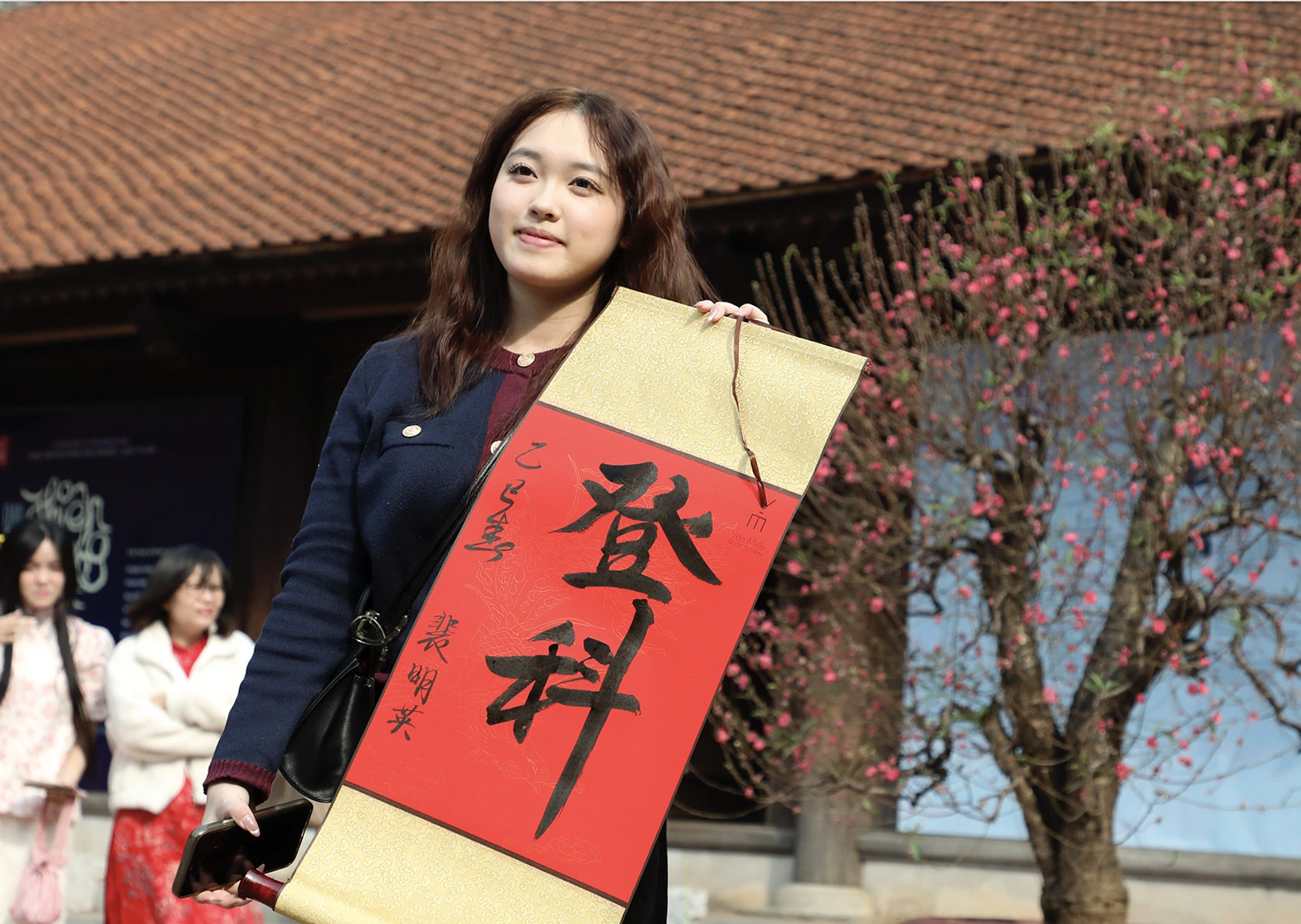
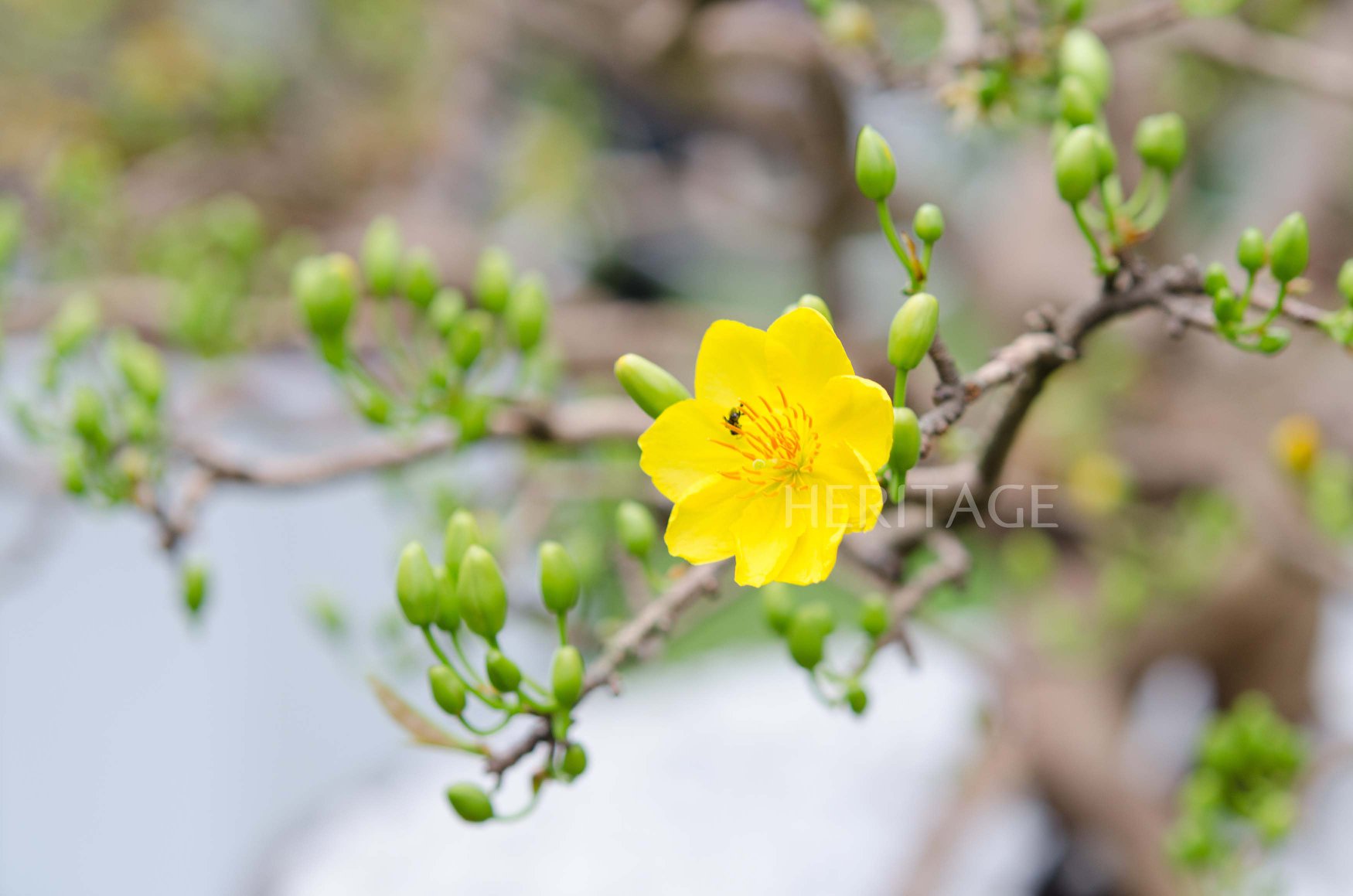














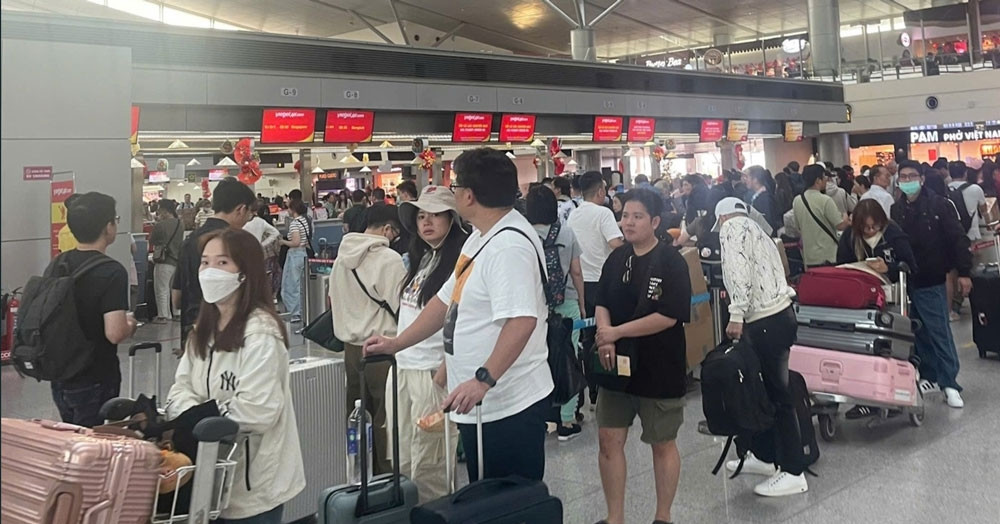
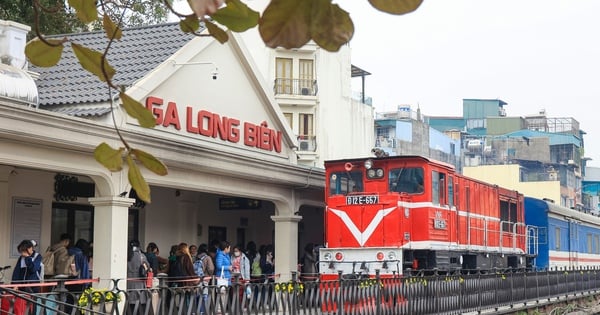

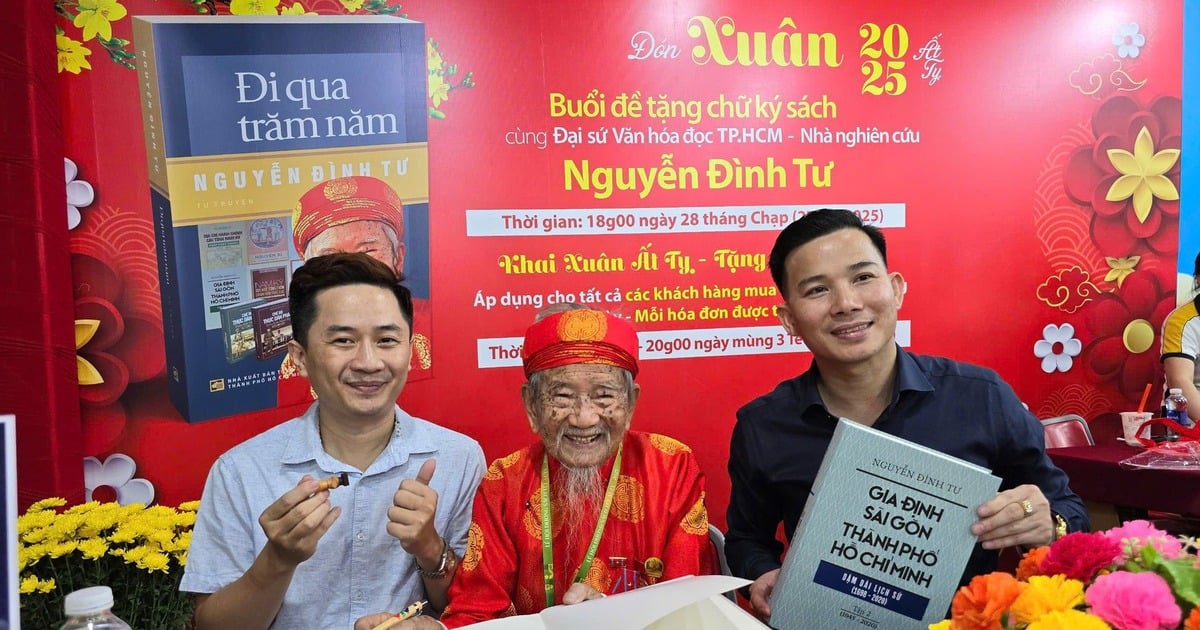

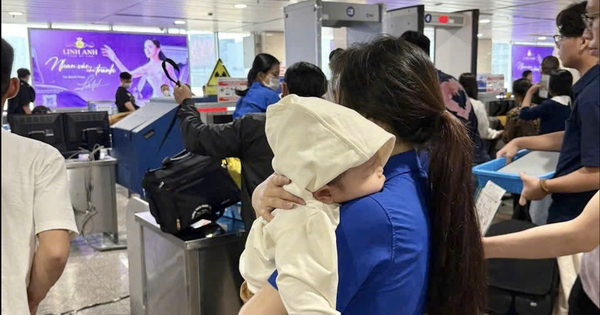

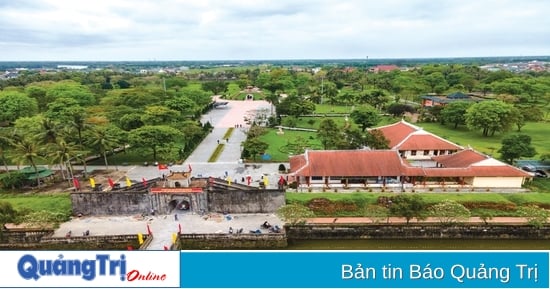
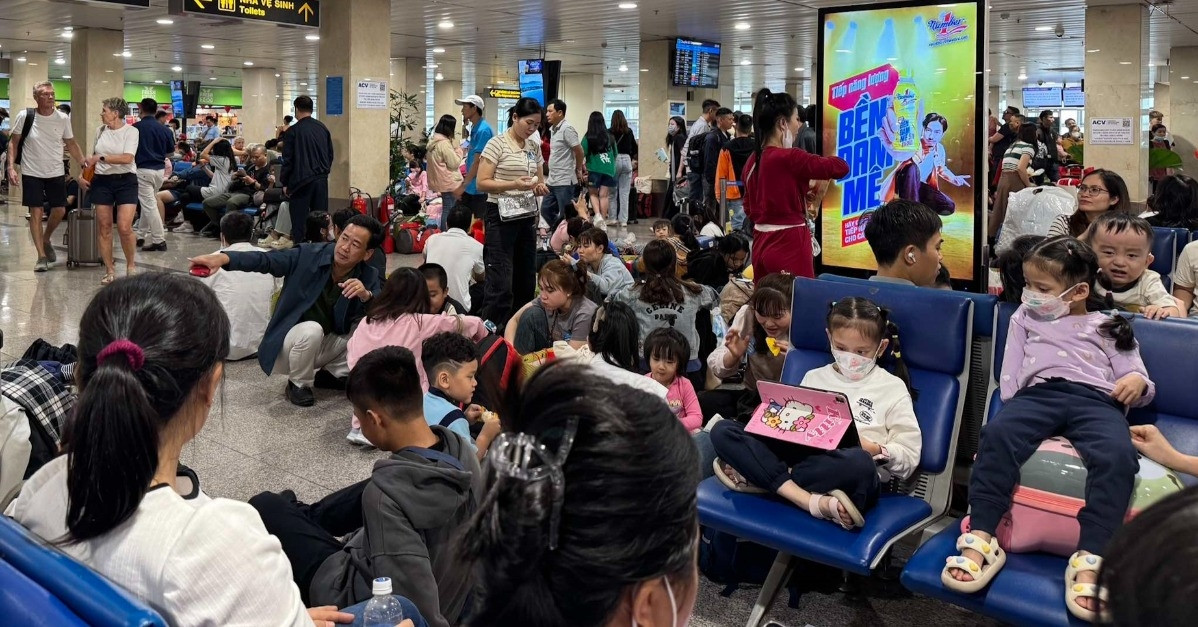

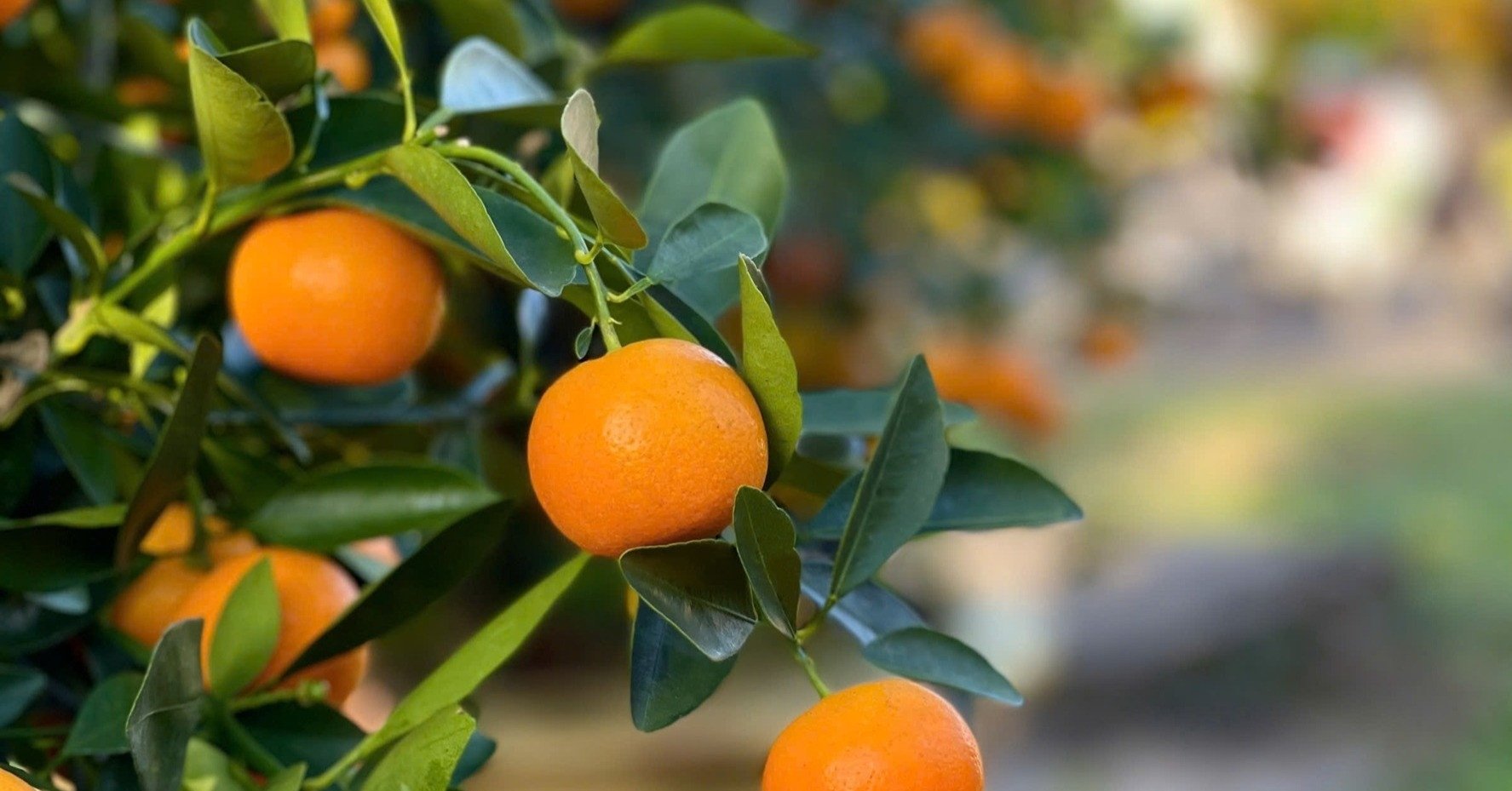




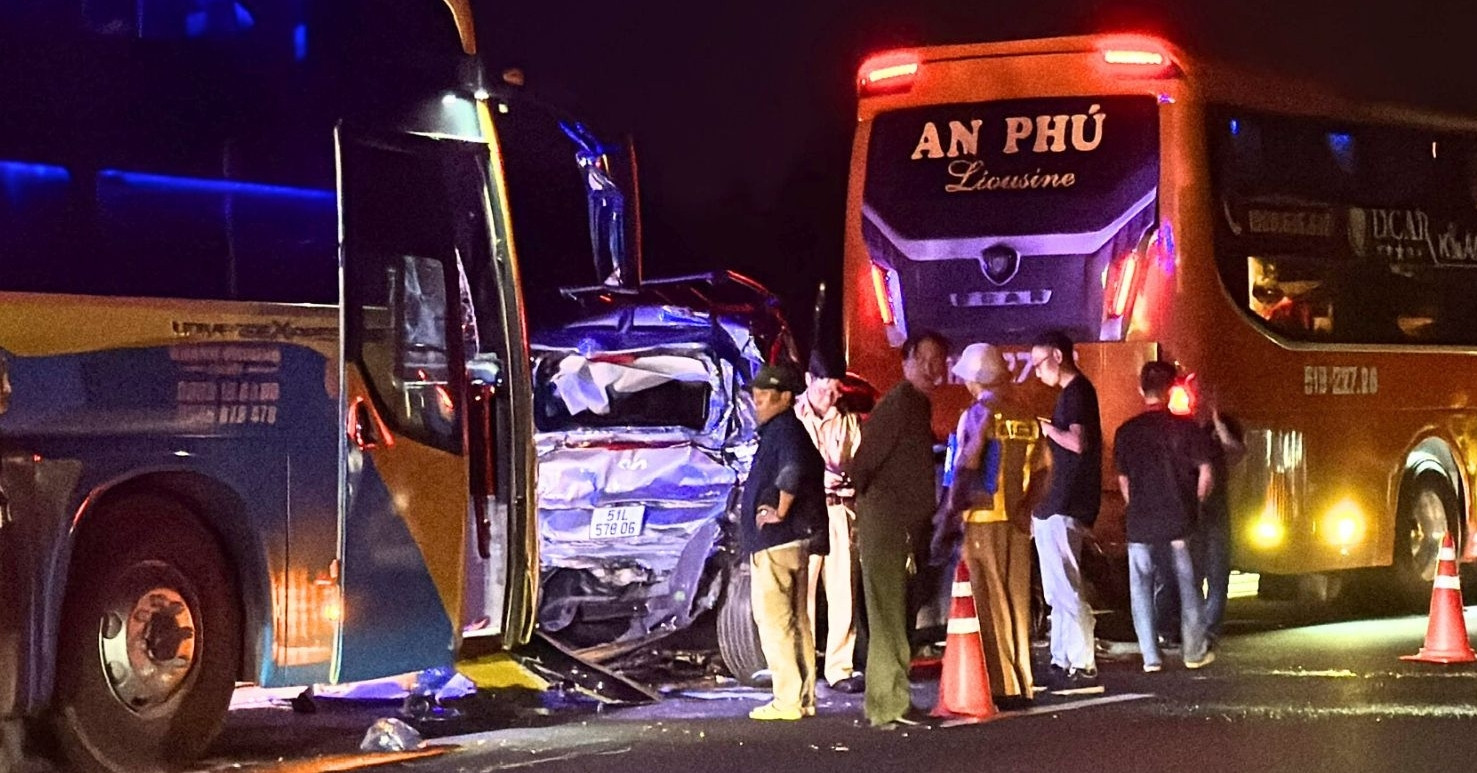




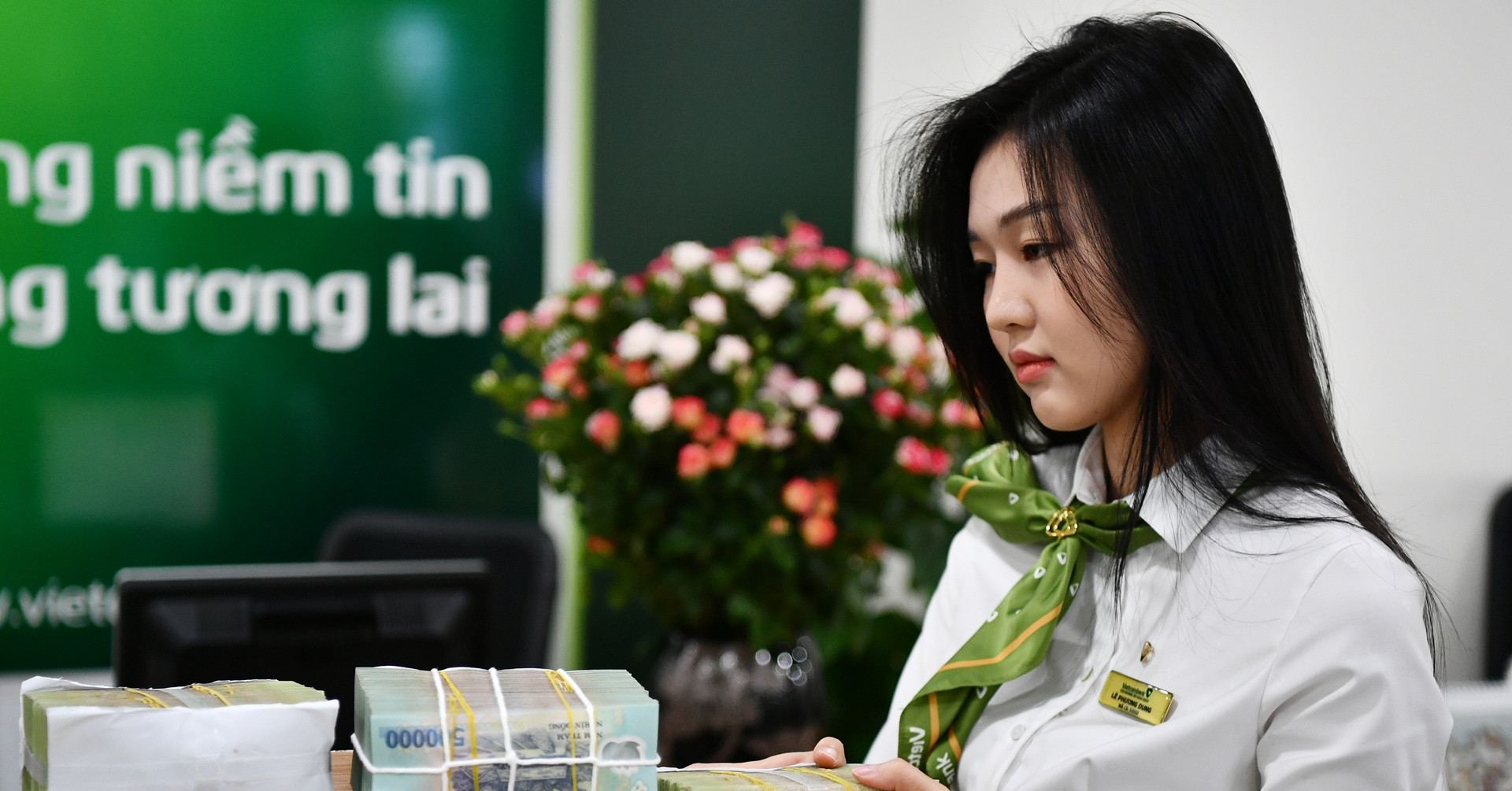


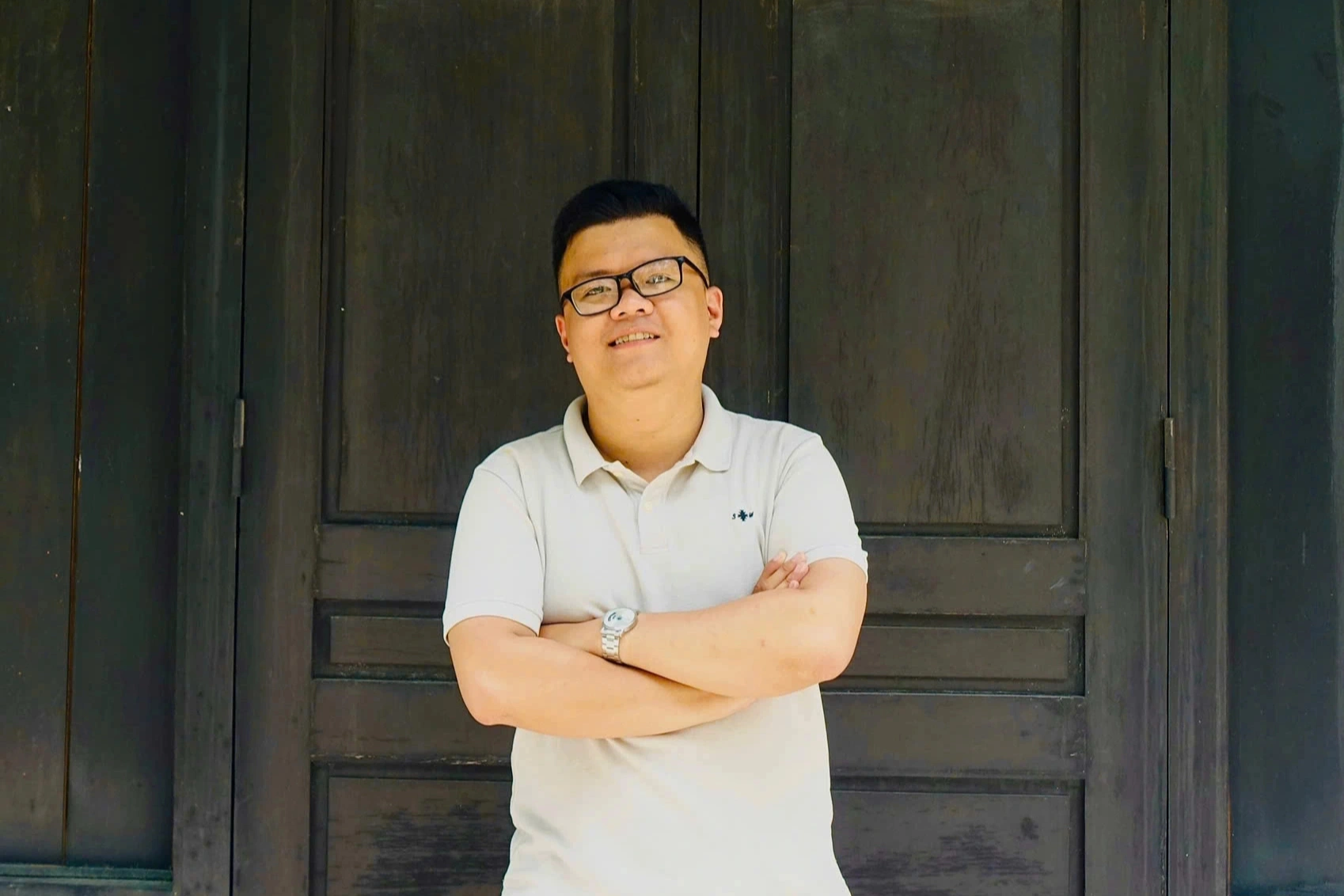

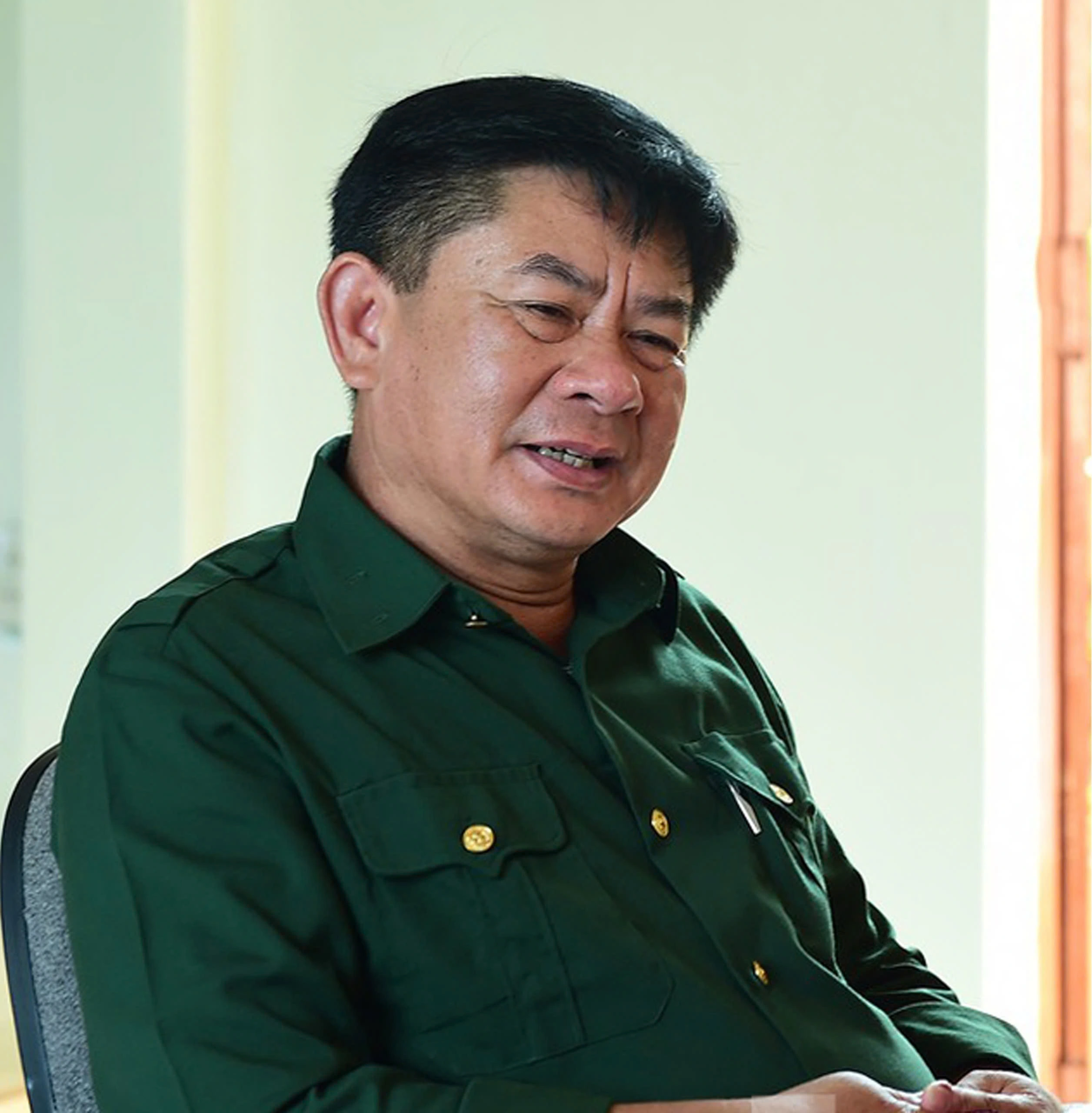
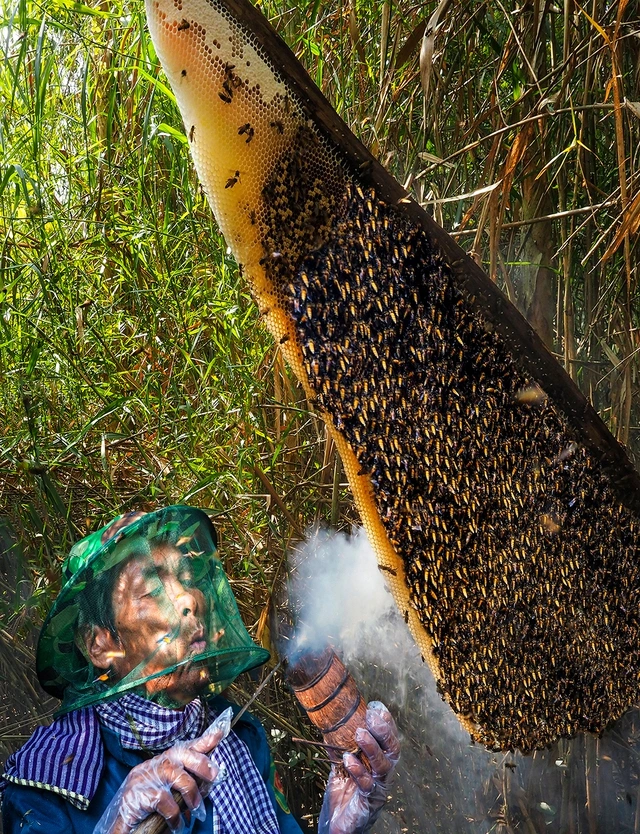

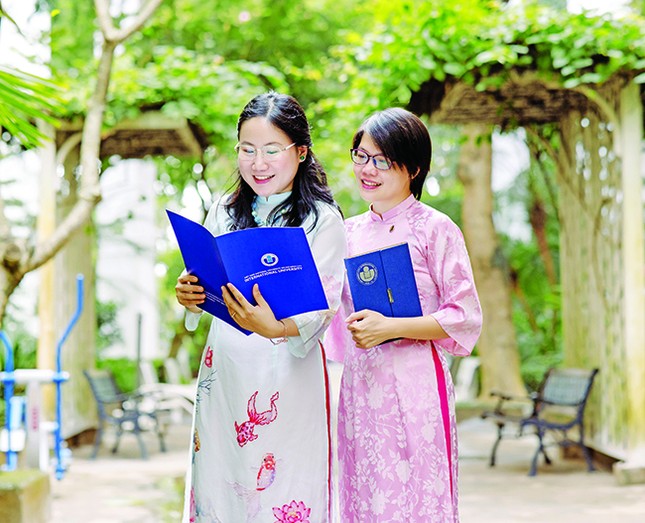
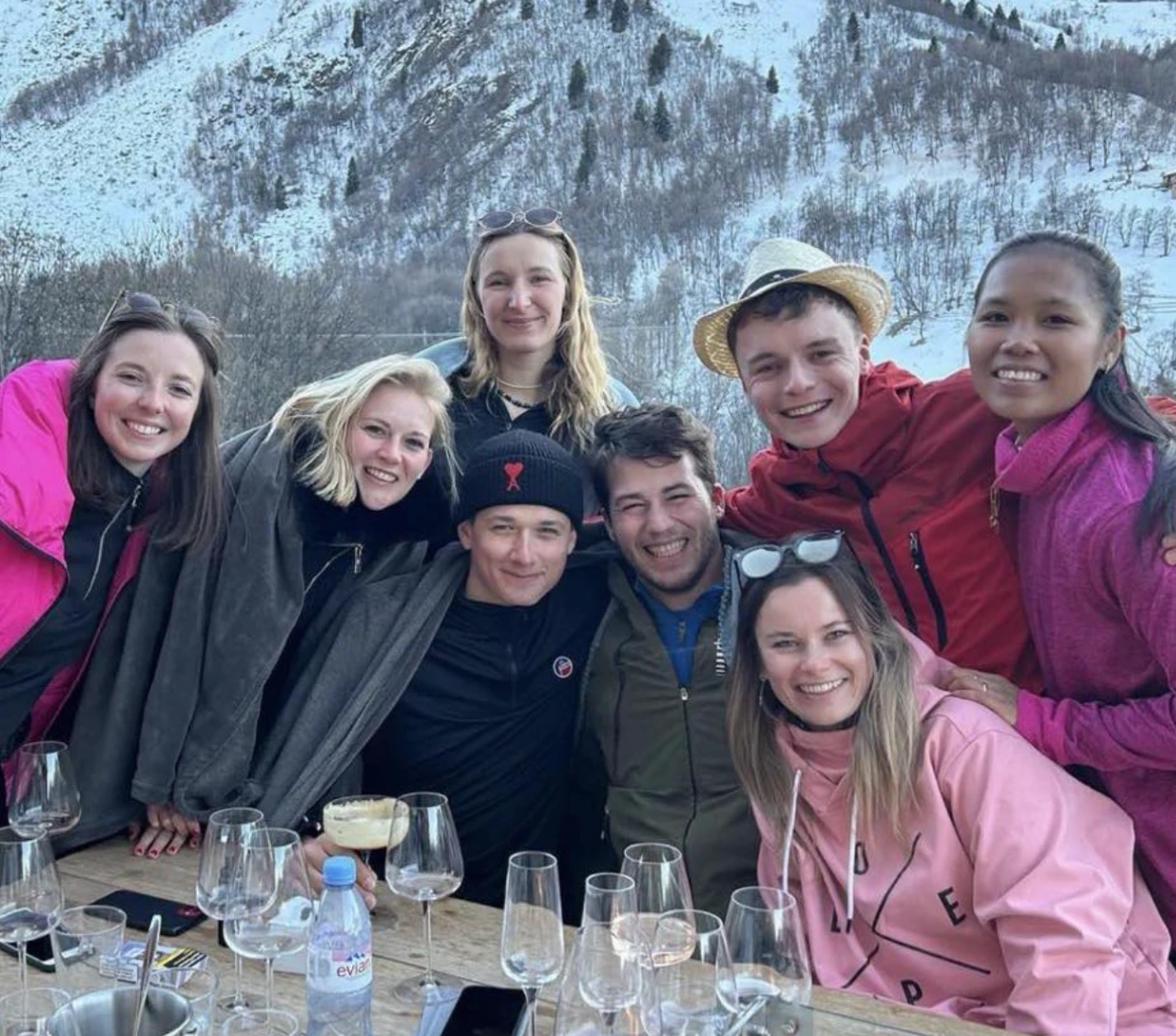




Comment (0)